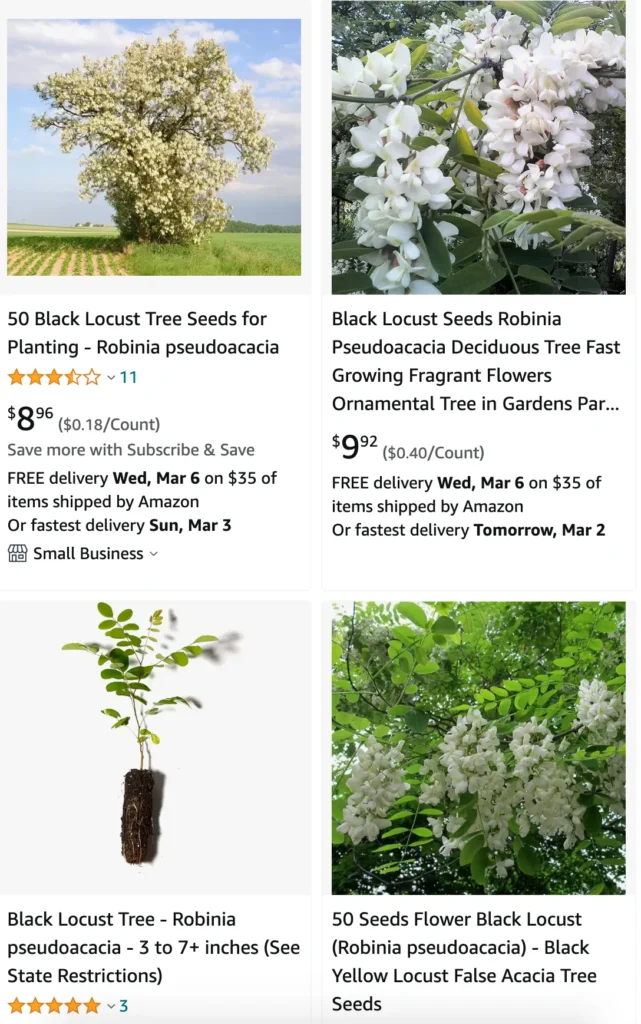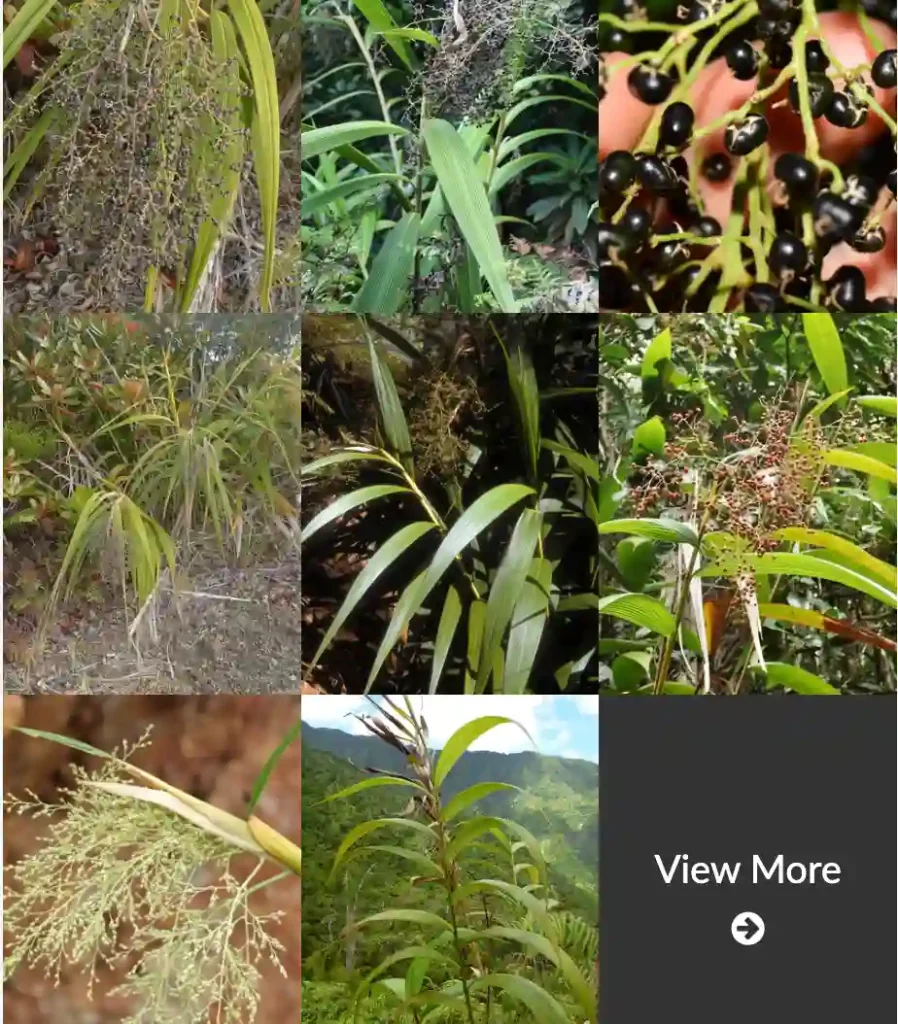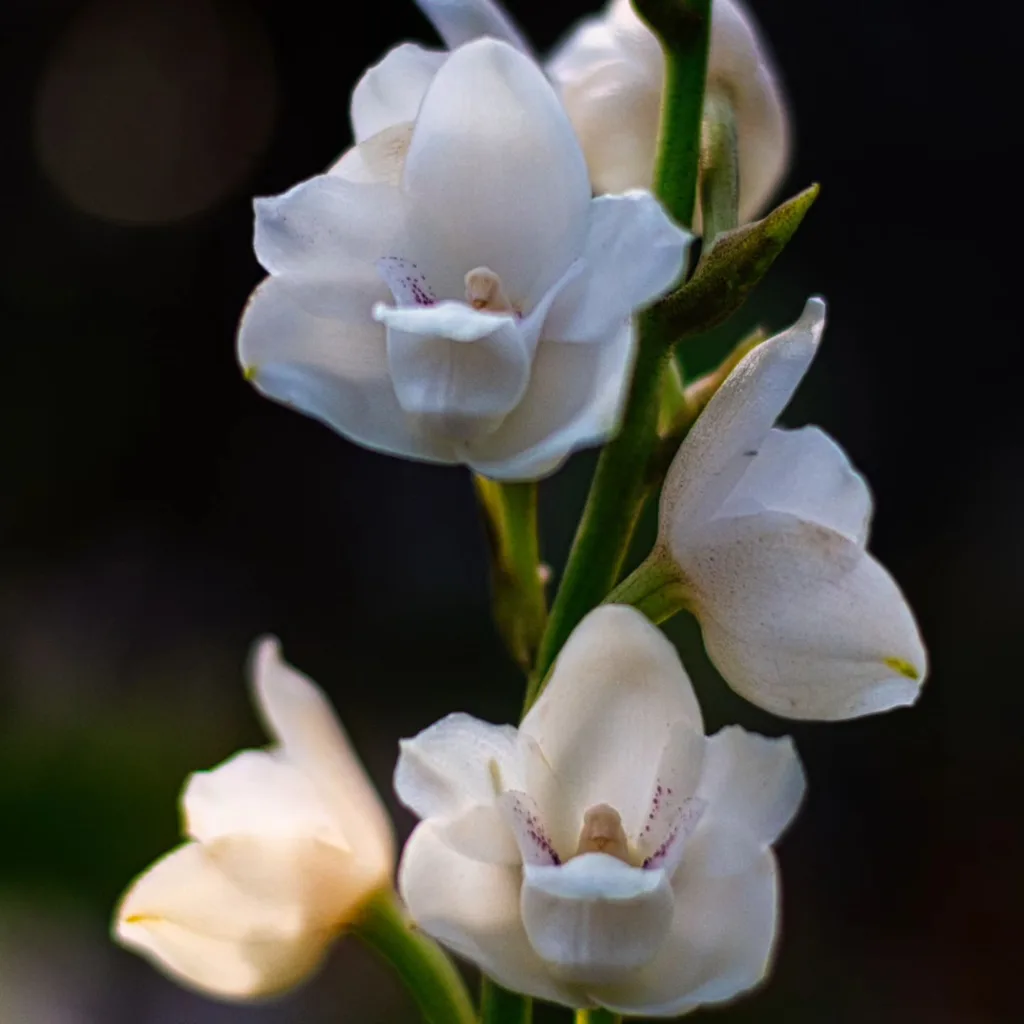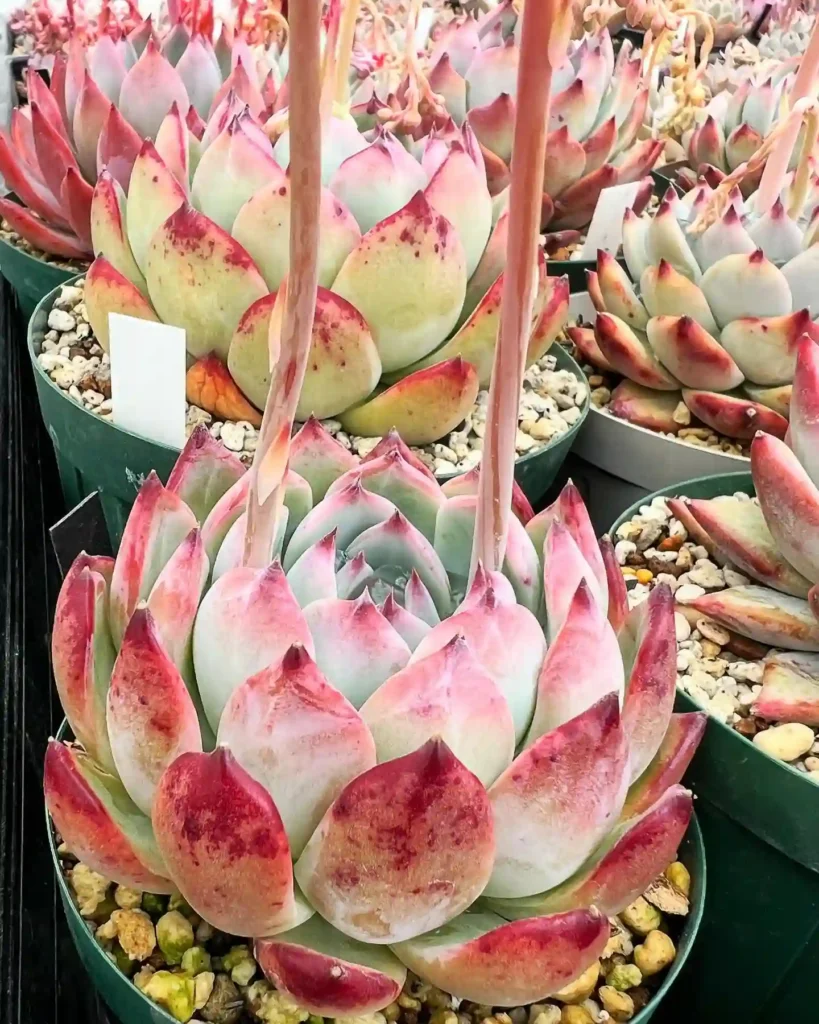
The Allure and Practicalities of Robinia pseudoacacia: A Gardener’s Guide
As a gardener in Zone 8b, I’m always on the lookout for beautiful, adaptable plants that thrive in our climate. Recently, I’ve been captivated by the Robinia pseudoacacia, also known as the Black Locust. This fast-growing tree boasts stunning white flowers and interesting foliage, making it a compelling addition to any landscape. But before I dive headfirst into planting one, I wanted to delve deeper and understand its needs. So, I embarked on a research journey, and here’s what I discovered!
8 Species in Genus Robinia
Does Robinia pseudoacacia Grow in Zone 8b?
Great news! The Robinia pseudoacacia thrives in zones 3 to 8, which includes our Zone 8b. This means it can withstand the cold winters and hot summers we experience here. Its adaptability extends to various soil types, making it a versatile choice for many gardens.
How Deep Do Robinia pseudoacacia Roots Grow?
This is a crucial question, especially if you’re planting near structures or walkways. The good news is that Robinia pseudoacacia has a non-invasive root system. While the roots can grow deep, they tend to spread laterally more than vertically. This makes them a good option for most landscapes, but it’s always wise to plant them at least 10-15 feet away from foundations or underground utilities.
How to Grow Robinia pseudoacacia?
Planting a Robinia pseudoacacia is relatively straightforward. Here’s a breakdown of the process:
- Choose a Location: Select a sunny spot with well-drained soil. This tree thrives in full sun and won’t tolerate overly wet conditions.
- Planting: Dig a hole slightly larger than the root ball. Gently loosen the roots and place the tree in the hole, ensuring the root flare sits slightly above the soil level.
- Watering: Water deeply after planting and continue to water regularly during the first growing season, especially during dry spells. As the tree matures, watering needs decrease significantly.
- Mulching: Apply a layer of mulch around the base of the tree to retain moisture, suppress weeds, and regulate soil temperature.
- Pruning: Prune young trees in late winter or early spring to establish a strong structure. Mature trees require minimal pruning, but you can remove dead, diseased, or crossing branches as needed.
Additional Tips:
- Robinia pseudoacacia fixes nitrogen in the soil, making it a beneficial companion plant for other species.
- The tree is relatively pest and disease resistant, making it a low-maintenance choice.
Is Robinia pseudoacacia Poisonous?
Yes, it’s important to be aware that all parts of the Robinia pseudoacacia, except for the flowers, are considered toxic. The bark, seeds, and leaves contain robinin, a toxin that can cause nausea, vomiting, and diarrhea if ingested. This is especially important to consider if you have young children or pets around.
Where Can You Buy Robinia pseudoacacia ‘Lace Lady’?
The ‘Lace Lady’ cultivar is a popular variety of Robinia pseudoacacia known for its delicate, lacy foliage. You can find it at many online nurseries and garden centers. Look for reputable sellers who specialize in trees and can provide healthy specimens.
Will Robinia pseudoacacia Grow Through a Turf Reinforcement Mat?
While Robinia pseudoacacia has a non-invasive root system, it’s still best to avoid planting it directly over a turf reinforcement mat. The roots might eventually push through the mat, causing damage and creating uneven surfaces. If you’re considering planting a Robinia pseudoacacia near a matted area, it’s best to leave a sufficient buffer zone (at least 5-6 feet) to prevent any potential issues.
Beyond the Basics: Additional Considerations
While the information above provides a good foundation, here are some additional factors to consider:
- Growth Rate: Robinia pseudoacacia is a fast-growing tree, reaching maturity in 10-15 years. Be mindful of its mature size (30-50 feet tall) when choosing a planting location.
- Flowers: The fragrant white flowers are a beautiful sight in spring, but they can be messy when they fall. Consider planting it away from patios or walkways where fallen flowers might be bothersome.
- Nitrogen Fixation: As mentioned earlier, Robinia pseudoacacia fixes nitrogen in the soil, which benefits nearby plants. This can be a great advantage if you’re looking for a natural way to improve soil fertility.
By understanding these aspects, you can make an informed decision about whether Robinia pseudoacacia is the right fit for your garden. With its stunning blooms, adaptable nature, and ecological benefits, this tree can become a valuable asset to your landscape, offering a delightful combination of beauty and functionality. For those seeking a fast-growing option that provides shade, improves soil quality, and attracts pollinators, Robinia pseudoacacia presents a compelling choice. However, remember its potential for messiness with falling flowers and ensure you have ample space to accommodate its mature size. With proper planning and care, this versatile tree can grace your garden for years to come, adding a touch of elegance and ecological value to your outdoor haven.
If i die, water my plants!



